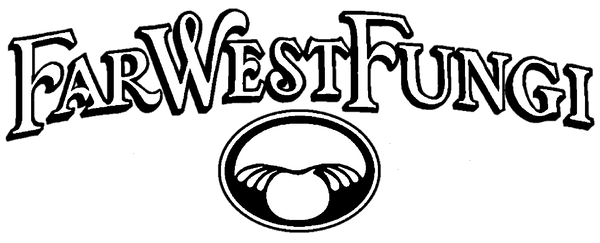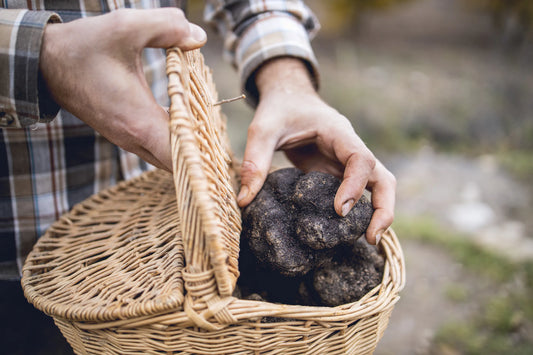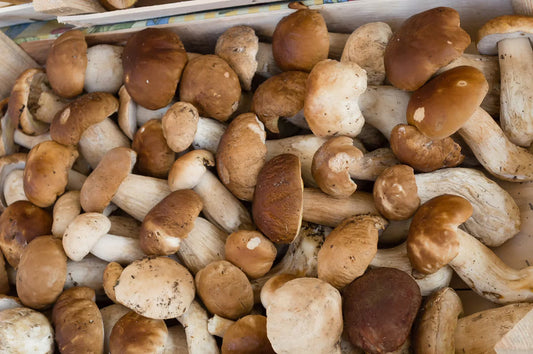There’s enough information about the clandestine world of truffles to fill a whole book (and many have). These fragrant, elusive, famously expensive pieces of fungus form in the soil underground, typically around the roots of Oak trees. Though they grow all over the world, the most prized varieties come from a select few European countries near the Mediterranean, most famously northern Italy. Because truffles, like wine, can vary in subtle ways based on their terroir, an experienced palate might be able to tell a difference between regions, soil conditions, and even the weather patterns of a particular year.
Truffles have a unique reproductive strategy, which distinguishes them from mushrooms. They are smelly for a reason -- their intense pungency is designed to attract foraging animals, such as wild pigs, which dig around and root through the soil, dispersing the spores and mycelial networks in the process. This is why the classic “truffle pig” is so famous. Early truffle foragers trained pigs to gather their wares for them. There are a number of reasons why this is no longer common practice. Truffle hunters now use a special breed of dog, called a Laggoto Romagnolo, which is a medium-sized, curly-haired dog that looks something like an unkempt poodle. Because the good truffle hunting spots are highly guarded secrets, no one wants to give themselves away by walking a pig through the woods. Also, the pigs, true to their natures, will sometimes eat the truffles, while the dogs are more content to be rewarded with canine treats.




